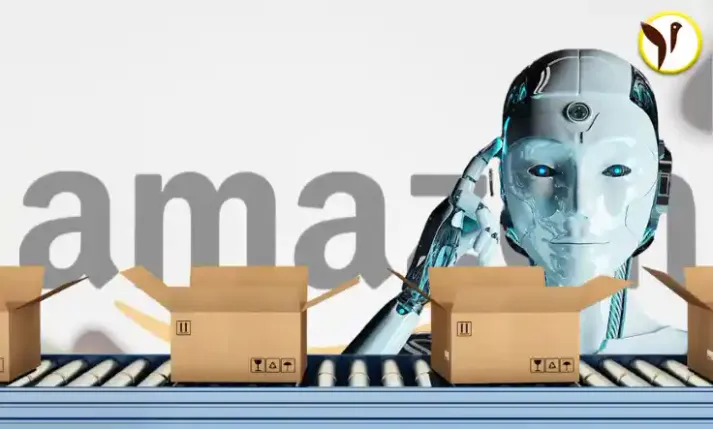In order to reduce the shipment of damaged products to the end customers, Amazon aims to screen items with the help of AI.
As per a report by Wall Street Journal, Amazon is planning to revolutionize its warehousing operations by deploying AI across dozens of its warehouses. This step from Amazon aims to screen the items before they are shipped to end users. This will help in enhancing the customer experience which is of huge importance to the company.
Prior Amazon warehouse workers used to inspect goods for signs of wear and tear. As per Jeremy Wyatt, Director of Applied Science at Amazon Robotics, This activity can be time-consuming and mentally demanding as many items are typically in excellent state.
Hence, Amazon realized the need to enhance efficiency and improve its warehouse operations, especially in the inspection and quality controlling process.
It aligns with the broader industry trend of integrating AI into logistics operations, supply-chain managers, and software developers in order to streamline workflow and simplify decision-making.
Deploying AI in logistics necessitates the development of technology which can effectively replace tasks by humans like item selection, packing damages assessment, etc.
Amazon has already implemented AI at two fulfillment centers and planning ahead to extend the use to ten additional sites across Europe and North America.
The AI inspection process for the products will take place while the Picking and packaging stages. Further, after being selected and placed in bins they will pass through an imaging station where to verify the accuracy of selection they will undergo scrutiny.
As AI will be introduced, the imaging system will evaluate the items for any damage. If there’s damage in any item, the bin will move for further inspection by a human worker. In case is undamaged then it will proceed to further packaging and hence, will be out for delivery.
To train the AI, Amazon used both undamaged and damaged photos. AI was trained to recognize pristine and imperfect products by comparing these images, which enabled it to flag items that lacked perfection during the inspection process, Christoph Schwerdtfeger explained to WSJ.
- Kratika Agarwal







